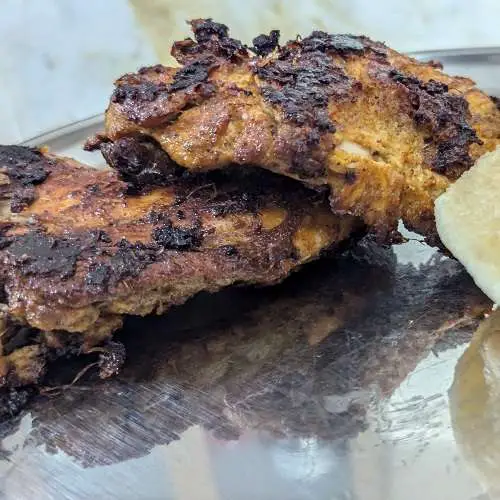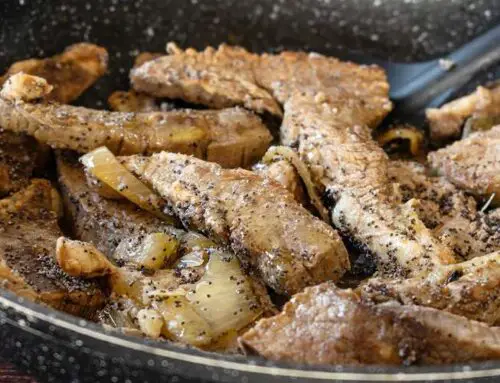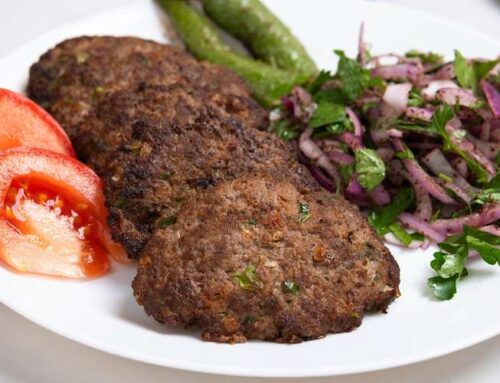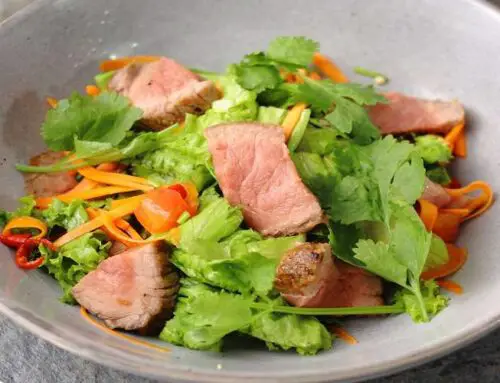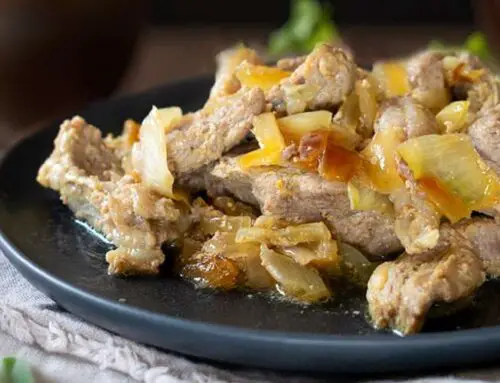Chaap Recipe
Moni Dadi’s original recipe instructed the use of beef or mutton for this dish, but I decided to use chicken instead. Because in the streets of Bangladesh only the smell of beef or chicken chaap will tickle your nose; no mutton chaap will ever touch your sense of smell let alone be served in front of you. And because I belong to a Hindu household, I cannot cook beef in my home. So Though Moni Dadi used the recipe for red meat, I used it to cook chicken. And it tasted absolutely delicious so I am sure that you can be confident about making mutton or beef chaap following this recipe.
Also, I noticed later that we already have a recipe for mutton/beef chaap. You can check it out if you like that recipe more, but I would suggest following Moni Dadi’s recipe because I can vouch for it with my hand on my heart. And you know Moni Dadi wrote down only the best recipes.
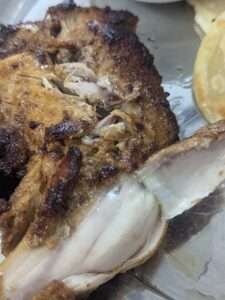 In our other recipe, the history of chaap is discussed thoroughly, so I am skipping over it. But what I did not know is that chaap is actually more popular as a vegan dish. Soya Chaap is the first thing that comes up everytime I look up the word chaap. If anyone has tried Soya Chaap and traditional Bangladeshi chaap then please let me know how they compare. From what I can tell Soya Chaap works as a substitute for meat, but I have never had Soya fried in oil so I cannot guess how it would actually taste.
In our other recipe, the history of chaap is discussed thoroughly, so I am skipping over it. But what I did not know is that chaap is actually more popular as a vegan dish. Soya Chaap is the first thing that comes up everytime I look up the word chaap. If anyone has tried Soya Chaap and traditional Bangladeshi chaap then please let me know how they compare. From what I can tell Soya Chaap works as a substitute for meat, but I have never had Soya fried in oil so I cannot guess how it would actually taste.
Now I say “Traditional Bangladeshi Chaap” but Chaap is not a Bangladeshi food. But anyone who has been to Bangladesh, particularly Dhaka would understand which dish I am talking about. Because chaap is a very popular street food in Bangladesh.
There are dedicated restaurants as well, but nothing beats the taste of street chaap in Mohammadpur or Mirpur. These two spots are particularly popular for their Chaap, with sellers going back decades. Mostakim’s Chaap, Selim’s Chaap, Showkot’s Chaap or Kallu’s Chaap – everyone in Dhaka has tried at least one of these, and often more than once.
Most of these Chaap sellers also sell different Chicken Kebab or Beef Kebab. So I was curious on what the differences are between kebab and chaap. I could differentiate them on three fonts – cooking process, texture, and of course taste. Kebab is usually cooked by grilling or skewering marinated meat pieces. This can be done over charcoal, a gas grill, or even a stovetop. While Chaap is usually fried or shallow-fried until crispy on the outside and tender on the inside. This difference in cooking process creates the difference in texture. As mentioned Chaap has a crispy texture, while Kebab depends on the specific kebab you are making, the minced the meat is.
The recipe does not do anything too differently from any other recipe of Chaap. It is a simple recipe to follow, and making it myself I would say that it is also very beginner friendly. Just be sure to marinate the meat for a long time. And be sure to pound the piece of meat into a uniformly thin piece, this will make the frying easier and the meat will absorb the spices better. And the spicier the meat, the better it will taste.
Use the flat side of a meat mallet or any other heavy instrument you have available. If you look at the video, you will notice that I did not have the best looking or most appropriate tool available, but anything heavy can do the work.
For the marination mixture, you can adhere to the recipe as it is, or you can add some spices or ingredients of your own choice. This way you can change up the taste more to your liking if you have experience with making Chaap. And be careful with frying the chaap. I was struggling so I fried them in batches of two and would suggest you to do the same if you lack the experience as well.
FAQ
What is chaap made of?
Chaap is made with mutton, beef, or chicken, marinated with yogurt, ginger, garlic, garam masala, and spices, then slow-cooked until tender. Alternatively, there is chaap made from Soya as well.
Ingredients
- Meat mutton or beef
- Ginger a little
- Garlic a little
- Whole Spice Blend/Garam masala
- Yogurt
- Ground black pepper
- Bay leaves
- Fried onions blended
- Dried chili paste for beef
- Coriander for beef
- Extra ginger and garlic for beef
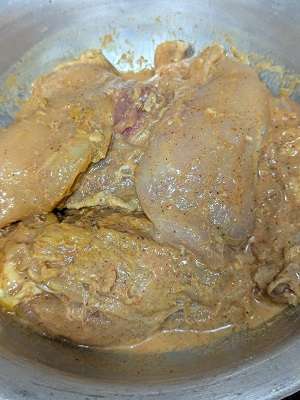
Instructions
- Prepare the Meat: Pound the meat with a meat mallet to tenderize it.
- Marinate: Mix the meat with ginger, garlic, garam masala, yogurt, ground black pepper, and bay leaves. Let it marinate for a while.
- Cook Until Tender: Cook everything together until the meat is tender.
- Remove Excess Liquid: Strain out the spice-infused water and set it aside.
- Lightly Fry the Meat: Fry the meat until it develops a nice texture.
- Reincorporate the Spice Mixture: Add back the removed spice mixture and let it cook.
- Final Touch: Mix in blended fried onions and cook until the dish reaches a rich, fried consistency.
- For Beef: Add dried chili paste, a little coriander, and slightly more ginger and garlic during cooking for a bolder flavor.
Notes

